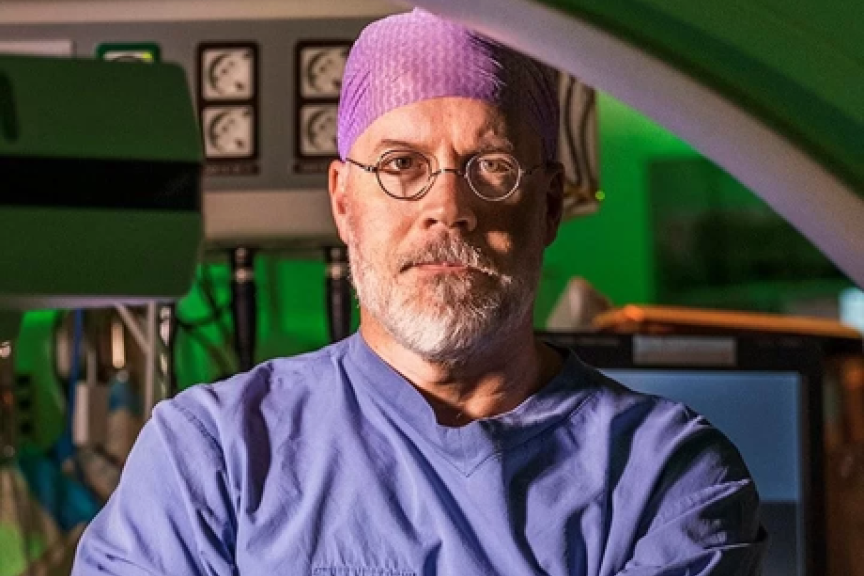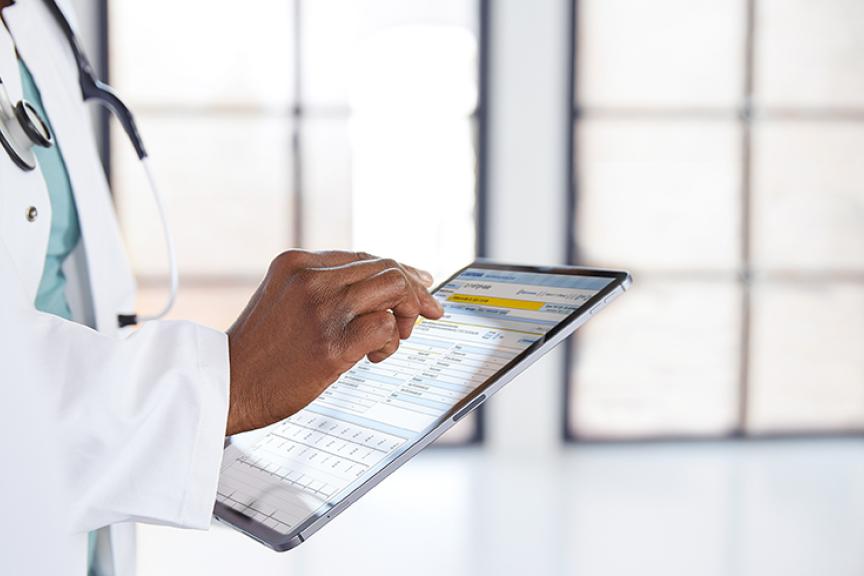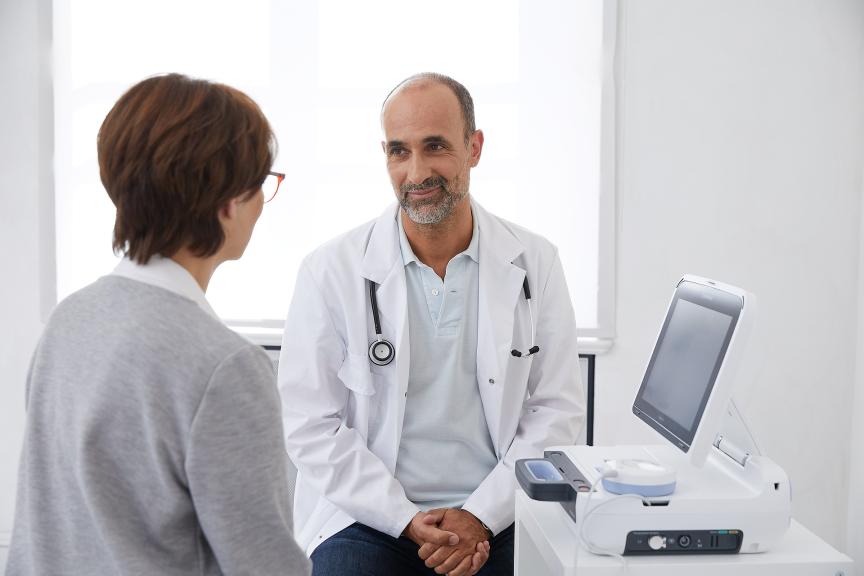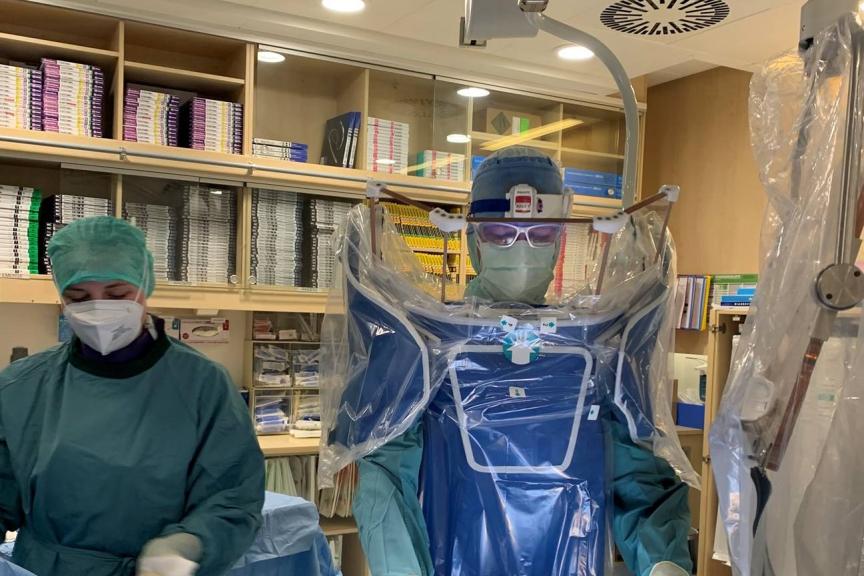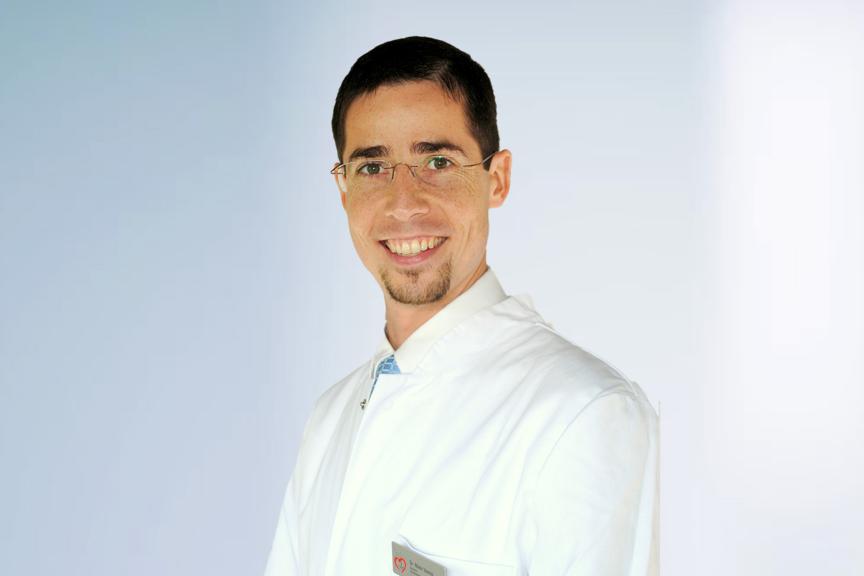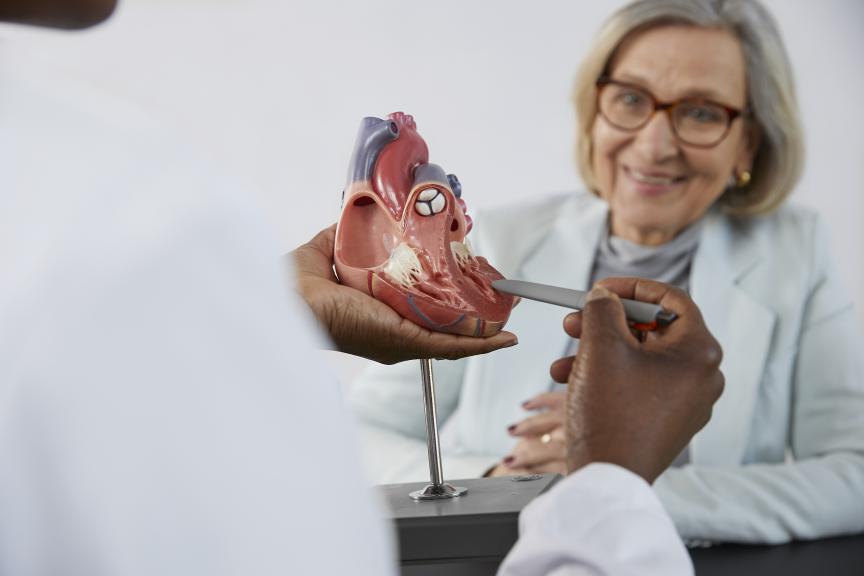Supporting Cardiac Device Patients in Getting MRI Scans—How Should Physicians Facilitate?
More than ten years after BIOTRONIK received approval for its first ProMRI pacemaker, allowing the first cardiac device patients access to MRI scans, we still get many questions from patients about what documents they should bring to a scanning appointment—to ensure their radiologist doesn’t turn them away.
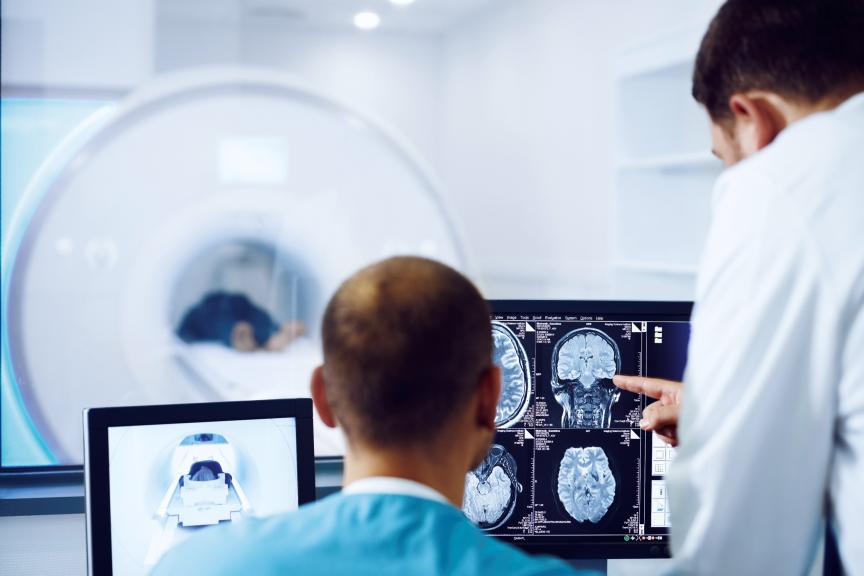
Recent studies have confirmed that patients with implantable cardiac devices can safely undergo MRI procedures—under certain conditions. But even as MRI options have expanded for device patients over the years, there are still some hurdles, particularly around workflow between cardiologists and radiologists. So how can patients and physicians work together to make sure those patients who need a scan and meet the conditions, can get one easily?
Patients Are More Comfortable Getting Scans—But the Right Process Isn’t Always Clear
BIOTRONIK representatives from around the world—whether in the US, Europe, Latin America or Japan—all report that device patients in their regions have become much more interested in getting MRI scans over the years. Yet, as our recent MRI patient blog points out, patients need to inform their cardiologists before their scanning appointments, so their physicians can reprogram the implant into an MRI-safe mode. Unfortunately, there are still patients who miss this step. Some end up arriving at their appointments, only for their radiologists to turn them away. Many patients then get sent to their cardiologists for device reprogramming or to confirm their scanning conditions. Both physicians and manufacturers can help patients avoid this by emphasizing that a patient’s first step after getting a scanning appointment should be to contact their cardiologist. More device patients will arrive at their scans prepared with all the appropriate information, saving hospital resources by limiting the need for rescheduling.
Improving Cardiologist-Radiologist Workflow
Early MRI-conditional devices required a patient to visit their cardiologist both before and after their scan to first reprogram their device into an MRI-safe mode. Because safe mode switches off many advanced device features to prevent interference with onboard software, the cardiologist then had to reprogram the device back to full functionality after the scan. BIOTRONIK’s MRI AutoDetect technology, first introduced in 2015, automatically recognizes an MRI environment and switches the device back to full functionality after the scan ends. This eliminates the need for a post-MRI patient visit to the cardiologist, yet our representatives report some practices are still hesitant to use technology like MRI AutoDetect—even given the workflow benefits, especially for cardiology practices. Our representatives also predict workflows will improve over time, as more devices currently approved only for a 1.5 tesla strength are authorized for 3 tesla scans. More devices also offer the possibility of full-body scanning with no exclusion zone, further unifying scanning conditions. Over time, this will make procedures simpler for radiologists as well, improving overall cardiologist-radiologist workflow. In the meantime, our representatives point to the need to raise further awareness on scanning in general, and technology like MRI AutoDetect in particular. “Clinic nurses have the most face time with patients before they get an implant,” says one American BIOTRONIK sales representative. “A bit of extra information for them on technologies like MRI AutoDetect could go a long way.”
Learning from Best Practice—the Japanese Case
With around 55 MRI machines per million people, Japan has by far the world’s highest per capita concentration of scanners. MRI-compatible devices are standard and entire hospitals have to receive training and accreditation from the Japanese Heart Rhythm, MRI, and Radiological Societies before they can perform MRI scans on implant patients. What’s more, these three societies developed joint guidelines on MRI scanning for cardiac device patients, so both cardiologists and radiologists have a common reference approved at the highest levels of both disciplines.
These guidelines also included notes on recommended workflows. “I don’t think it would have worked if JHRS simply developed the rules alone,” says Akira Koshimo with BIOTRONIK Japan. “I think what was key to success here is that the three societies worked together to create the rules and then asked members of all their societies to comply with them.”
He adds that they field a lot of questions from patients who ask about which hospital they can get an MRI at. But once the patient is in one of the country’s approximately 1,100 hospitals accredited to perform MRI scans on cardiac device patients, the process is fairly straightforward.
Lessons Learned
Recent technology means that undergoing an MRI scan for cardiac device patients is—in most cases—not a big deal at all. Experience from the field however, shows that more education and awareness—for both patients and physicians—would help ensure smoother workflows and avoid unnecessary patient stress.
This starts with making sure patients have as much information as possible about their implant’s technical functionalities, and what steps they need to take in order to get an MRI scan. Physicians and nurses in both cardiology and radiology can also received more training on the technical possibilities of technologies like ProMRI and MRI AutoDetect, so they can be sure that devices with these features will not overload their practices.
As the Japanese example shows us, it is also fruitful when cardiologists and radiologists work closer together and establish clear workflows around MRI scans for cardiac device patients.


